The 16 Adornments of an Indian Bride
An Indian bride is the personification of beauty – an ethereal representation of all that’s good and pure. Every bride wants to look perfect for their special day. So, it is natural that she starts planning and visualising every single aspect of her look in immense detail from the very first day.
According to tradition, the Indian bride has to carry 16 adornments, known as the Solah Shringar. This is an ancient beauty ritual, and a part of bridal preparation.
Weddings celebrate the divinity of a bride as she steps into womanhood. Therefore, the 16 adornments are symbolic representations of the divine. And also, Shringar alludes to Goddess Laxmi, the patron deity of wealth and beauty. This makes the 16 adornments especially relevant.
16 Adornments of the Indian Bride
1. Sindoor: The bright red powder that the groom applies on his bride’s forehead is called the Sindoor. He applies it at the center of the hair’s parting on the forehead, signifying the union of marriage.
2. Keshapasharachana: In Indian hairdos, usually, there are three braids, either representing Ganga, Yamuna and Saraswati, or the holy trinity of Bhrama, Vishnu and Shiva. The hairdo comprises of a crown of flowers (mostly jasmine) and jewels.
3. Mangtikka: The bride wears this big jewel, the mangtikka, on the hair parting on her forehead. We see a lot of varieties in mangtikkas nowadays – with single chains, triple chains or with small chains dangling around. This jewel supposedly lies over the Ajna Chakra, which rules the intellect and mind.
4. Bindi: Traditionally, only married women wear bindis. However, nowadays most women use them for fashion purposes. The bindi has great health significance according to science. Moreover, for an Indian bride, it symbolises Goddess Parvati who brings in good fortune. It also symbolises her marital status, while the colour stands for love and matrimony.

5. Kohl: Also known as Kajal, Kohl is a thick dark eyeliner the bride applies on her eyelids to make them dusky. Though meant for glamourizing eyes, according to myth, kohl protects the Indian bride from evil eyes.
6. Karn Phool: Karn Pool or ‘ear flower’ actually mean earrings. Earrings usually hang onto the hair for support. Adorning with ear with rings is considered auspicious according to Indian Mythology.
7. Nath: The nose ring or Nath is a testament to bravery, fertility and spirituality according to tradition. Most brides have large nose rings hooked on to their hair with a thin chain.
8. Haar: Haar means either garland or necklace. It can be any item of jewellery chained around the neck. These days, we see a lot of heavy and elaborate chokers and necklaces worn in layers. The bride’s Mangalsutra is part of it. The haar conjoins mangalsutra to the bride’s neck.
9. Baajuband: Brides wear these traditional high on their upper arm as a ward against evil spirits. There are varieties of armlets available in Mugal, Jaipuri and Rajasthani designs.
10. Choodiyan: Bangles form a main component of the wedding attire. They come in all shapes, colours and sizes. It is a tradition to wear bangles after marriage for the sake of health, luck and prosperity.
11. Mehendi: In this pre-wedding ceremony, the family members of the Indian bride adorn her with intricate Mehendi designs on her limbs. Indians believe that the darker the mehendi gets, the stronger the love association grows.
12. Aarsi: Aarsi are thumb rings. However, these days brides wear more than one ring, and often, the thumb ring is the largest of them all. Thumb rings with mirrors were originally meant for grooms to steal glimpses of their brides when they are behind them.
13. Kamarband: This jewellery is a belt, designed to accentuate the bride’s curves. Modern versions of this golden belt are often stone-studded. A waistband is believed to have relevance for the couple’s future child.
14. Paayal and Bichus: The Paayal or anklet usually has tiny bells attached to it, which chimes when the bride walks. The Bichus, or toe rings, worn on the second toe signify marital status.
15. Itar: The bride rubs or spays on this perfume to freshen her aura. This invokes auspiciousness and freshness to the occasion.
16. Wedding Dress: Finally, the most important wedding dress. This completes the Indian bride. It is mostly in auspicious colours like red, gold or maroon.
Customization of the Solah Shringar by the New Gen Indian Bride:
Until recently, brides would adorn all 16 pieces of bridal attire which included make-up and jewellery. However, majority of Indian brides have lost their apprehension regarding the lunar cycles, and therefore customize the items to go with the Solah Shringar.
Feature Photo Courtesy – Imagenation.pro

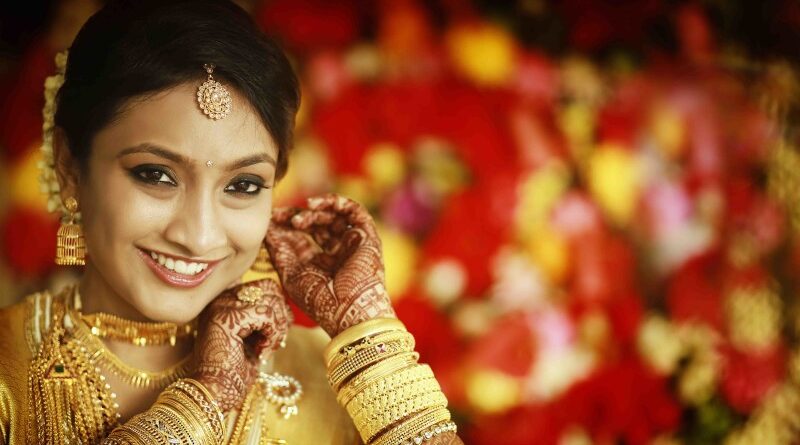

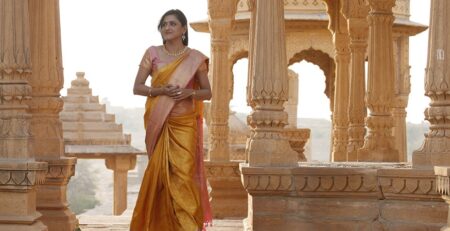
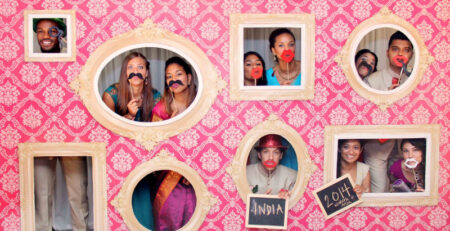
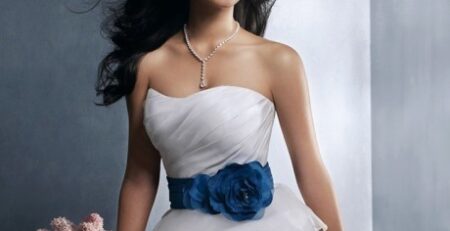
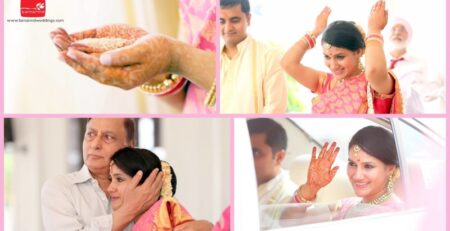
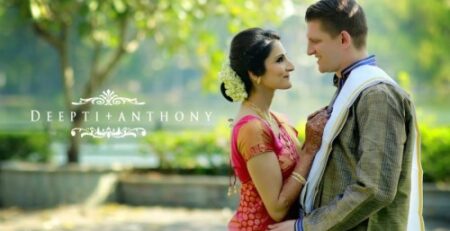
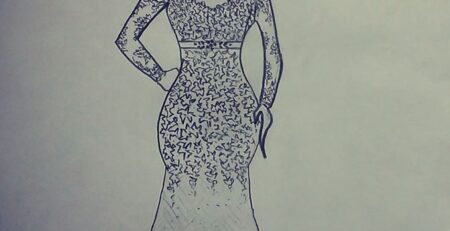
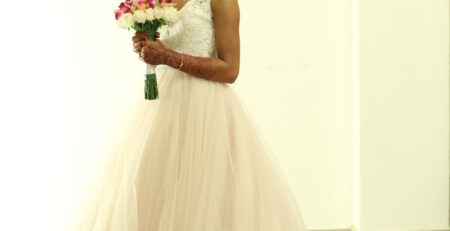
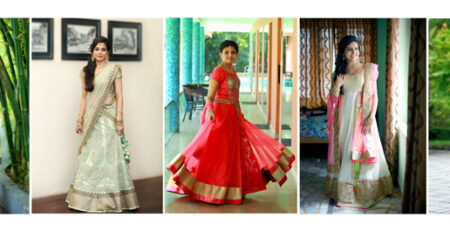
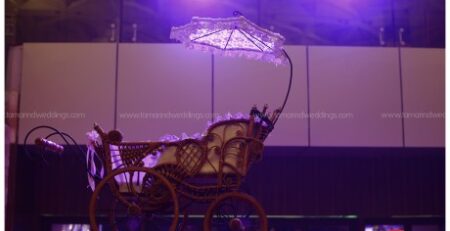
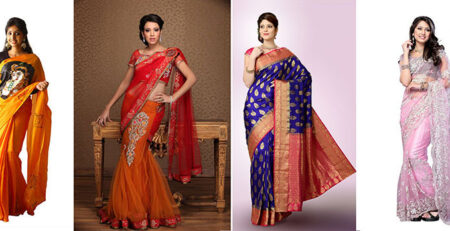
Leave a Reply